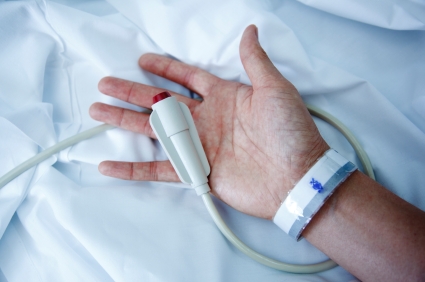 A young woman named SungEun Grace Lee is dying of a brain tumor on Long Island.
A young woman named SungEun Grace Lee is dying of a brain tumor on Long Island.
Ordinarily this tragedy would have unfolded quietly, but when 28-year-old Ms. Lee decided to withdraw life-sustaining ventilator support, her parents went to court to stop her. Since then, several layers of the legal system have confirmed that Ms. Lee retains the capacity to make her own medical decisions, and she has won the right to stop life-sustaining treatment against the wishes of her distressed and deeply religious parents.
She has also apparently decided not to exercise that right, perhaps to make peace with her parents. The issues raised by Ms. Lee’s travails are equally sad and familiar. The parties in this case have suffered greatly. In part, that is because we pay too much attention to rights, and not enough to relationships.
The rights in this case appear crystal clear. A capable adult patient has the right to refuse any treatment, even a life-sustaining one, as has been repeatedly established in U.S. courts. When a capable patient with a terminal condition refuses treatment, it is the disease that takes life, not the doctors. Ms. Lee’s condition appears sufficiently grave that she will die, sooner rather than later, regardless of any medical treatments. The question is not if this young woman will die soon, but how.
Ms. Lee, a former bank financial manager who had reportedly been training to run the New York Marathon, is by no means the first patient to win the right to refuse life-sustaining treatment and then decline to exercise that right.
Elizabeth Bouvia, a young woman with cerebral palsy, sparked a media storm in 1983 when she checked into a California hospital and asked for care while she was dying by refusing food and fluid. She lost several early legal rounds, permitting the hospital employees to restrain and force-feed her, overcoming her while she fought off attendants. The horror of healthcare personnel subjecting Ms. Bouvia to the sort of violation that political prisoners suffer likely contributed to her later winning the right to refuse treatment.
Ms. Bouvia’s legal victory had a dark side, however. Justice Beach, finding in her favor, wrote, “She as the patient, lying helplessly in bed, unable to care for herself, may consider her existence meaningless. She cannot be faulted for so concluding” (Bouvia v. Superior Court, California Ct of Appeals, 225 Cal Rptr 297 [Cal Ct App 1986]). Surely meant as words of sympathy, this passage instead suggests that a disabled person’s life actually may be without value. A better stance might have been to ask what more might be done to help Bouvia use her talents and education to build a life she valued. Bouvia never exercised her right to die and remains alive today, nearly 30 years later.
Ms. Lee’s case is different from Bouvia’s because she will die soon with or without a ventilator. But perhaps the greater difference is that no one can doubt that Ms. Lee’s life is valued, if not by her than by her devoted family. I hope the doctors in this case approached the family as a unit, trying to support the patient’s right to make her own decisions, while informing her parents of the gravity of her prognosis.
Differences in language and culture likely made this message hard to receive. The Lees will need to understand that their daughter’s tumor is beyond what medicine can cure. She will still receive care, but treatments must focus on the relief of suffering. Ending ventilator support might be one way to end suffering, but Ms. Lee should have been, and probably was, encouraged to explore all other options first.
This might mean looking beyond medical treatments to address more-profound sources of pain. Here faith can play a great role as a way of easing the sorrow of the patient’s and the family’s burden. Bringing a court case neither reduces suffering nor improves communication, and indeed signals the failure of such efforts. The court eventually upheld Ms. Lee’s right to make medical decisions, but that was not the relief she sought.
In a close family, not only the patient but all who love her suffer, and this appears to be the case for the Lees. Helping bring them together in the limited time they have left would have been, and perhaps can still be, a great act of healing.

